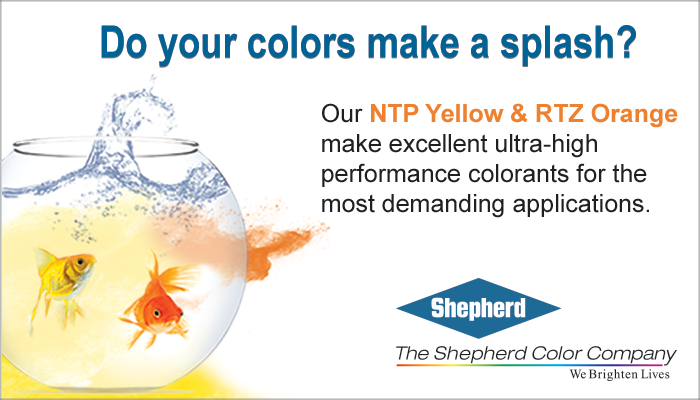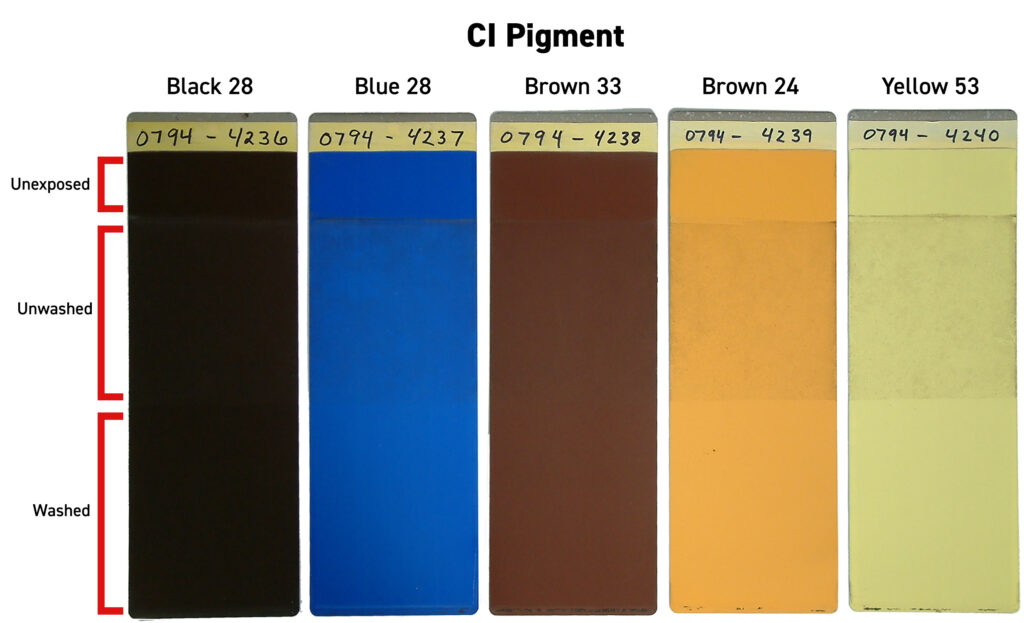Latest News
Article: Recent Advances in the Yellow Color Space

Mark Ryan, Marketing Manager with The Shepherd Color Company
Paint and coatings chemists, formulators, and color matchers face many challenges and options for coloring in the yellow color space. A wide range of pigment chemistries are available with different levels of opacity, durability, chromaticity, and economics. These four properties are often antagonistic to each other, forcing a compromise on two or more of these key properties. At the same time, historical pigments like lead chromate are facing increasing regulatory pressure and are being formulated out of products.
There are two recent advances in this critical color space to address the needs of high-performance coatings. The most impactful is the recently discovered and commercialized CI Pigment Yellow 227, known as NTP Yellow after its inorganic composition of niobium and tin in a pyrochlore structure. This bright middle-yellow color-space pigment has excellent chromaticity and opacity along with unmatched durability. To complement NTP Yellow, recent advances in the CI Pigment Yellow 216, known as RTZ Orange, have driven the color from a red-shade yellow to a true orange color. This chromatic and durable orange pigment is useful in its own masstone, but it excels as a way to add redness or "a+ value" to colors based on standard yellows.
The utility of these pigments becomes apparent when comparing them to the other high-performance alternatives. To match colors in the middle yellow color space before NTP Yellow and RTZ Orange required the use of high-performance organic pigments (PY154 or PY151) or Bismuth Vanadate (PY184). The organic yellow pigments are highly chromatic, but they lack opacity and exterior durability. Adding TiO2 increases the opacity, but reduces chromaticity and durability in some systems. Bismuth Vanadate yellows have better opacity and durability than the organic yellows, but they are a bright green shade. Adjusting the color to more common yellows involves tinting with organic pigments, which leads to lower durability. Tinting Bismuth Vanadate with inorganic pigments (PBr24 or PR101) preserves the durability, but with a reduction in reachable color space.
NTP Yellow solves that trade-off by providing highly chromatic masstone colors that also have high opacity and durability. Colors can be reached using the inorganic NTP Yellow that used to be compromised in either chromaticity or in durability. When the NTP Yellow is used in formulas with the RTZ Orange, a whole new swatch of colors can be matched with previously unattainable combinations of color, opacity, and durability. NTP Yellow and RTZ Orange expand the durable color envelope available.
Besides the outstanding color properties of the NTP Yellow and RTZ Orange, they are available in easily-dispersed forms that are compatible with solvent and waterborne systems. By removing the time-consuming, expensive, and variable pigment grinding step, the true high-performance nature of the pigments is available. By removing the chances of over-grinding and contamination and allowing the pigments to be rapidly incorporated into new systems, they truly become ultra-high-performance pigments.
View our webinar on the advantages of the NTP Yellow and RTZ Orange pigments.



